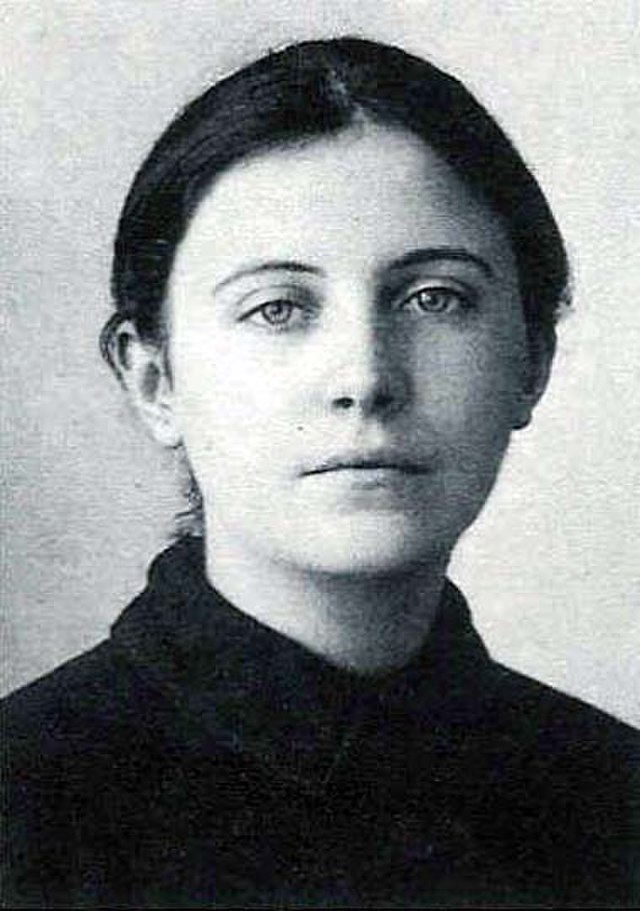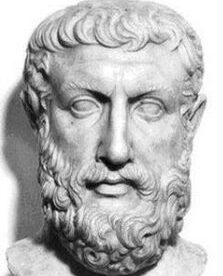
Available from Amazon and TAN Books
Book Length: 384 pages
We are immensely privileged not only to have records of Saint Gemma in her own words, but also this Life given to us by her confessor, the Venerable Father Germanus of the Passionist Order. If only her autobiographical writings were available to us, our knowledge and intimacy with this angelic soul would be assuredly great. However, the outside perspective of Father Germanus, who in this book was so wonderfully able to weave together the story of her life in a deeply compelling manner, has given to Catholic posterity so much more than this. The author has given us a portrait of the saint no less luminous than its subject—a portrait so vast in its virtue that will be incredibly difficult to summarize here, though I shall attempt to do so.
The most touching of the traits which show forth continuously throughout this hagiography is that of St. Gemma’s exemplary humility. Her humility took many forms, such as the way in which Father Germanus relates that this young woman, “never boasted of, nor made any display of, her talents and gifts; quite the reverse…” and furthermore:
…[N]o one could equal her in modesty in her efforts to hide herself from the eyes of others.
(141)
This is in spite of her intellectual talents and her bearing of that unfathomably powerful sign of spiritual election, the stigmata. She understood, quite simply (for she was a simple young woman) that her talents and gifts, as with our own, ultimately come from God. This humility, though it matured as St. Gemma grew in age and in the spiritual life, was already at quite an impressive level in her schoolgirl days, as the author records:
She never lost her temper, never argued; and when others contended with her or even abused her, her way of answering was with an amicable glance, followed by a smile so sweet that not rarely her adversary was forced to throw her arms around her neck, and hug her affectionately.
(20)
Well and truly with St. Paul could she say:
And I live, now not I; but Christ liveth in me. And that I live now in the flesh: I live in the faith of the Son of God, who loved me, and delivered himself for me.
(Galatians 2:20)
In the midst of her many trials and consolations, it was this thought that animated her. As the author wrote, “The more she was favored, the more deeply did she descend into the depths of her own nothingness” (143). As one reads this book, one greater grasps this message. Indeed, such is the response of a true mystic (as St. Gemma was) to the call of divine grace. Occasionally the infernal enemy seems to favor some wretched soul in order to ape the mystical saints of the Church, such as that perverse man who went by the name of Rasputin. That horrible man—somewhat contemporary to our St. Gemma—used piety as a cloak to mask his impurity, and boasted of his alleged healing powers. Can there be a greater contrast between the servants of God and the servants of Satan? A great antidote against false mysticism, therefore, is to learn of the lives of the mystics who can truly be honored as such.
Some of the best sentences in this book are the quotations Father Germanus lifted from the many personal writings of St. Gemma, which only compliments the main content of this book. One of them echoes St. Augustine, though she had not the sinful youth of that great penitent:
As long as I had so many desires, my soul was without rest: now that I have only one, I am happy.
(220)
Though we have not been as favored as her, can we not see some connection between our own life story and hers on this point?
Despite her tremendous level of virtue even in her early youth, there are many practical things from her example we can emulate and learn from. One is her great level of humility, which assuredly she did not start out with; it was the fruit of an upbringing by devout parents and fervent prayer, combined with frequenting the Sacraments. We can also learn from her practice of corporal and spiritual good works, such as her method of aiding the poor:
Whenever she heard the doorbell ring, she thought it might be some poor person, and if the door was not quickly opened, she would ask to be allowed to answer the call. She would hasten to the door, and almost invariably on such occasions some poor needy one was there. Then, as if she had found some treasure, she made the poor soul come and sit down, while she, all contentment, went to select the best from her little store. This she brought and presented with great grace, and sitting down beside this member of Christ Our Lord, she began at once to catechize and talk of holy things: ‘Have you heard Mass this morning? How long is it since you went to the Sacraments? Do you always say your prayers morning and night? Do you ever think of all that Jesus has suffered for us?’ By such questions as these, she sought with great tact to insinuate salutary thoughts of faith, devotion and resignation into the hearts of the sufferers, who thus restored in body and spirit went away contented.
(101)
Thus she sought to feed the poor in both body and soul. Unfortunately, in our times it is thought enough to nourish the needy physically, but as St. Gemma truly understood, such souls have their spiritual needs and these should not remain neglected. The world may not acknowledge these needs (and this is expected) yet we Catholics must, for it is what Christ commanded us to do. Let us learn from her example and be courageous in breaking down the barriers of human respect so odiously laid upon us by secularism.
We can also learn from her touching and child-like devotion to the Blessed Virgin. Examples of this recur through this book, such as how the venerable author relates that from her early girlhood, St. Gemma took up that excellent spiritual practice of reciting three Hail Marys in honor of the Immaculate Conception. This was done upon the suggestion of her pious mother, and so faithful to this was she that the girl “though knowing so little at that early age, took keenly to this devotion and never omitted it” (167). In so doing, St. Gemma honored both her spiritual Mother and her earthly mother. Occasionally, she also had the special privilege to witness the presence of the Holy Virgin when she went up to receive Our Lord in Holy Communion. After one such instance, she wrote in pure delight to Father Germanus:
How delightful it is to receive Holy Communion with my Mother of Paradise!
(273)
Though most will never experience such extraordinary graces, we must call to mind the words of Christ to St. Thomas: “Blessed are they that have not seen, and have believed” (John 20:29). Just because we cannot visibly see Our Lady or the Holy Angels when we go forward to receive Jesus, hidden under the appearance of bread in Holy Communion, does not mean that they are not there assisting us and praying for us. St. Gemma’s extraordinary gifts, in this as well as other profound things, have survived to us in writing so that we may better appreciate the realities of the spiritual life. She saw these realities with both the eyes of her faith and the eyes of her body, while we only see them with the eyes of faith.
Therefore, I wholly recommend the reading of this book to my fellow Catholics. As stated earlier in this review, there are other subjects contained in this book which I could have covered, but could not do justice to. The chief among these was her conformity to the crosses Our Lord deigned to lay upon her in this world. So moving is her example in this regard, and so consistent is this theme throughout this work, that it may also be written here that if one wishes to better understand the mystery of the Cross and how it applies to our own lives, find a copy of this Life and read it in earnest.
